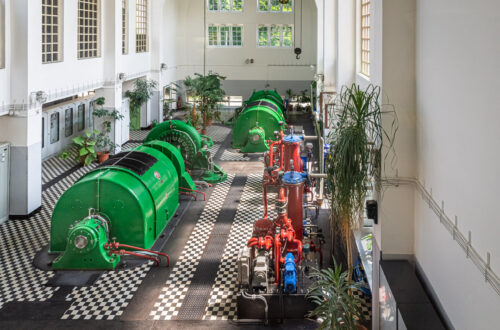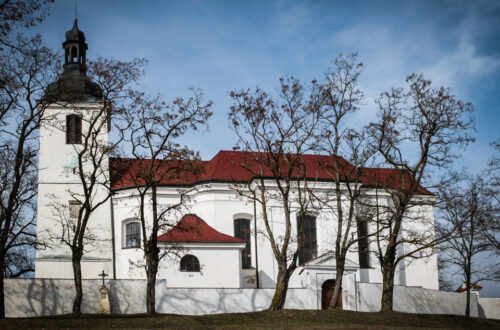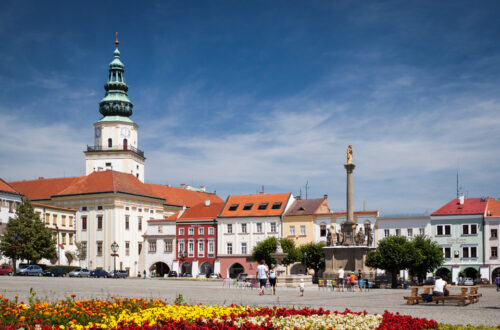Minor localities of major importance
Full of impressions experienced during our trip to Kladská we were exploring maps of the area to find more destinations of our future outings. So it happened that during the next weekend we visited the following places, quite small areas but all parts of nature reserves.
Locality No. 1: THREE CROSSES
The name of the locality comes from the crosses which were put up in the place in 1859, reportedly as thanksgiving for the curing of ill brothers. No details known.

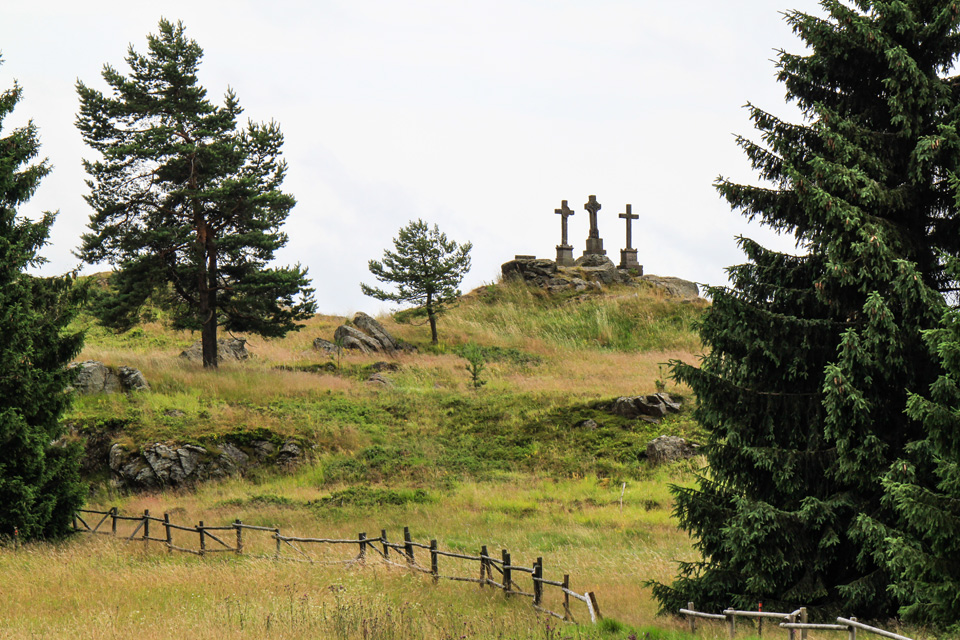
The importance of the locality consists in its unique flora whose occurrence there results from two conditions.
Firstly and essentially it is the underlying rock serpentine – soil covering serpentine bedrock is poor in calcium and plant nutrients but rich in elements toxic to plants and just some specific plants are able to put up with such limitation.
Secondly, extensive grazing which was the main livelihood in this area significantly supported growth of the plants.
Nowadays, the authority controlling this nature conservation area tries to restore this activity and one can supposedly see grazing goats around the crosses. We saw none but perhaps we weren’t there at the right time.
In 1979 a nature trail was open in the place but closed again later to protect the plants. Now the place is fenced and forbidden but you can stop at its edge, walk around, enjoy the scenery and take a few photographs…
Locality No. 2: GLOBE-FLOWER MEADOW
Just across the road, there is another protected locality – a globe-flower marsh meadow. At first sight, it looks quite ordinary…
… but you are allowed to enter it only walking a few tens of meters along a raised boardwalk ending with a few benches. I should have taken a photo of that view but I didn’t so I can offer you just another view from another angle.

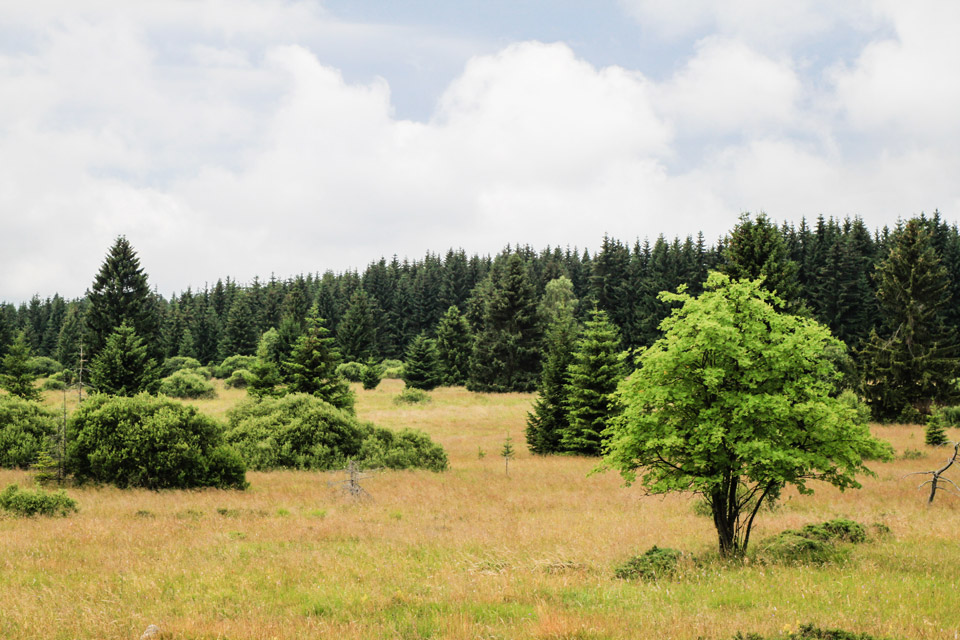
As you’d expect, the globe-flower meadow is named after globe-flowers growing abundantly there – they belong to endangered species and are protected by law. They are in bloom in the middle of May so next time we have to come two months earlier to see them.
For the meantime, I found some other flowers to enjoy:

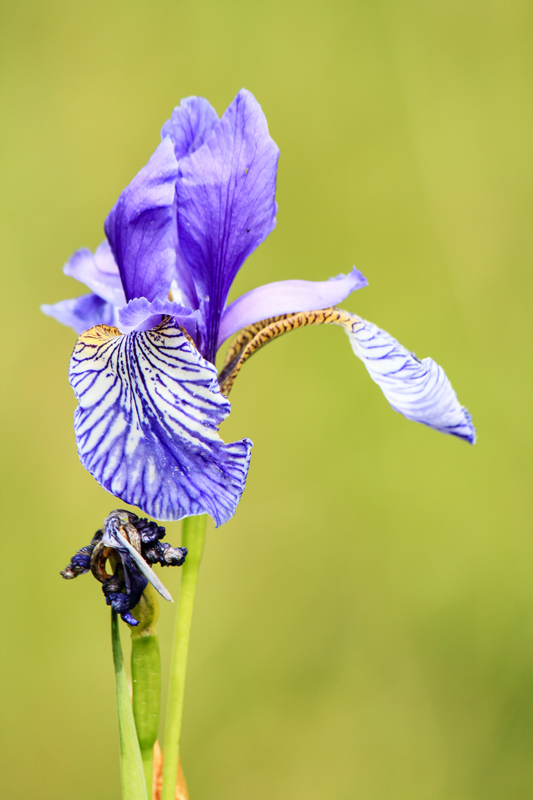
Since 2005, the globe-flower meadow together with the Three crosses area have been part of the net of European important localities.
Locality No. 3: STINKER
The last place I’ll take you to sounds awful but don’t be afraid, without olfactory perception you can easily bear it. You access it following a nature trail, again by walking along a raised board walk leading from the parking lot, it’s just 76 metres long.
Natural Reserve “Stinker” was established to protect peatland where as remnants of volcanic activity mineral water, carbon dioxide and hydrogen sulphide spring to the surface.
Can you see now where the name comes from? Can you already feel the smell of rotten eggs connected with the hydrogen sulphide?
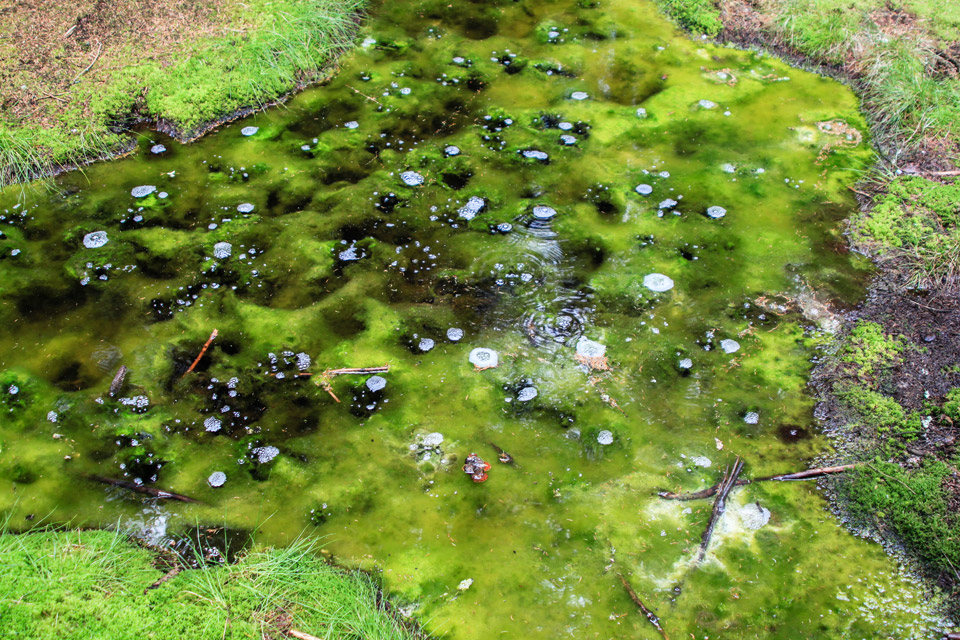

In the peatland, carnivorous plants such as sundew (Drosera) are reported to grow. It would be something to see it grow freely in nature not just in flower shops but I wasn’t successful in finding it. It may grow too far from the board to be seen or I wasn’t a good observer. Nevertheless, there were other plants worthy of attention…
***
It was fun to explore all these places. When I was thinking about a title of this post, I decided to reflect the fact that although we didn’t spend more than an hour at each place, we enjoyed the environment and got to know highly interesting facts about how important these places have been when nature is taken into account. I feel enriched by visiting them.


